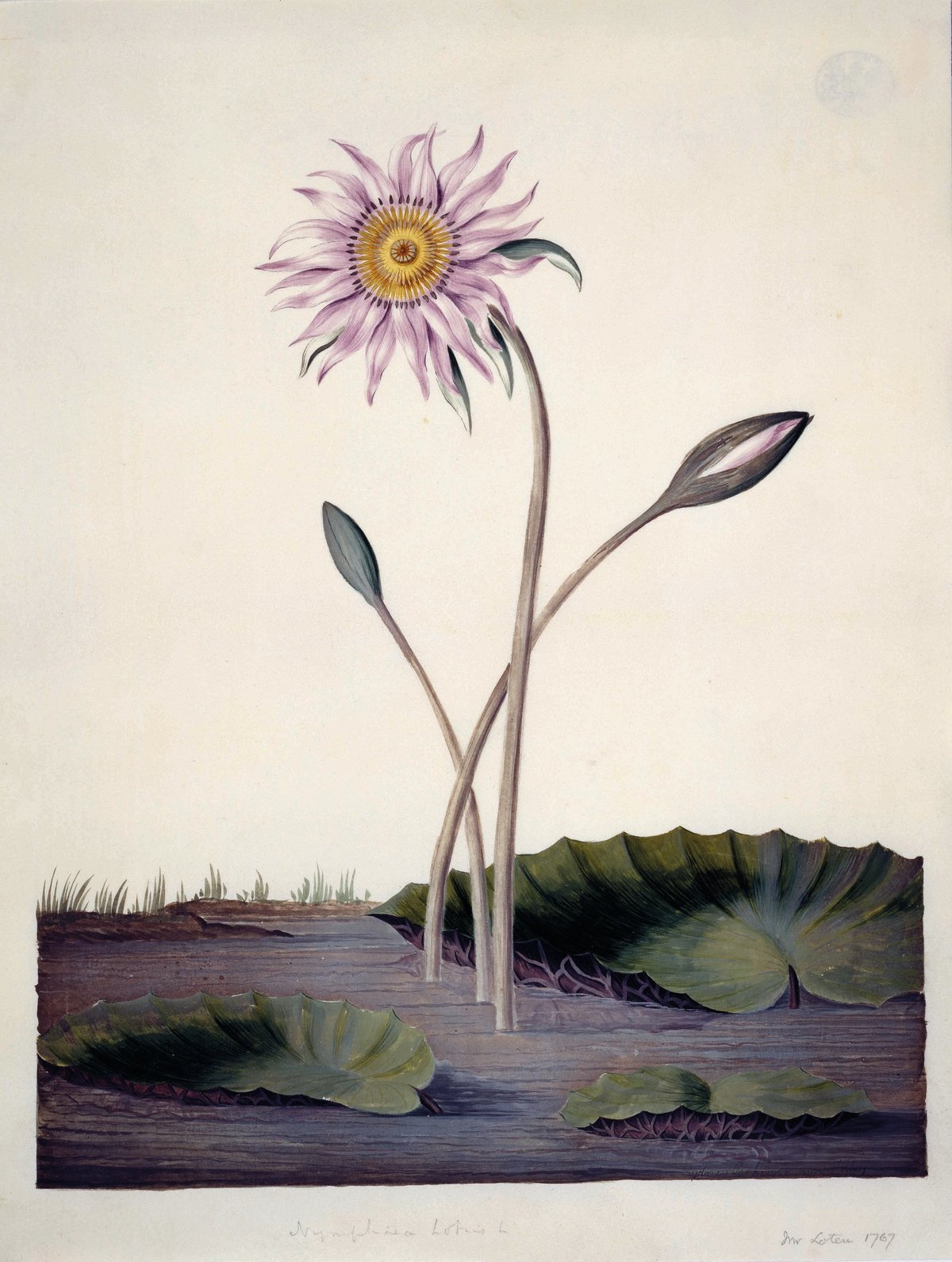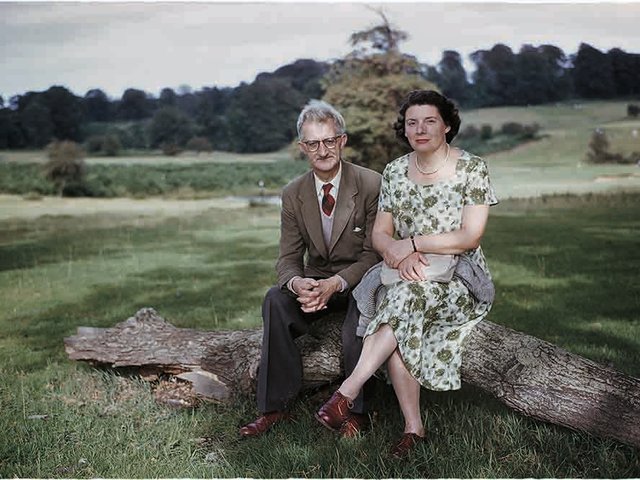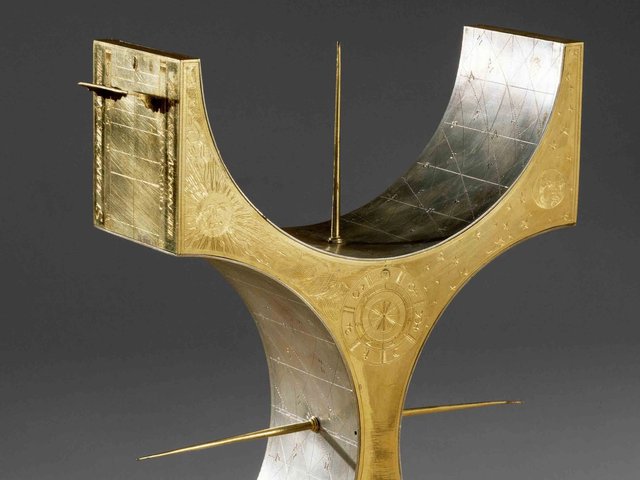No doubt the periodisations, “the age of discovery” or “the age of exploration” are now thoroughly discredited by post-colonialist studies, but any trip to the chemist, for example, ought to be proof enough that the historical European studies of nature resulted in a wealth of scientific discoveries that have been to our benefit. Rather than another battle in our cultural wars, what will interest readers of The Art Newspaper will be the extent to which discoveries in the natural sciences from the Early Modern Period to the end of the 19th century were indebted to artists who made the correct and carefully observed images of flora and fauna that made science’s progress possible.
This book catalogues 23 scientific explorers and illustrators (often one and the same) whose work has expanded our knowledge of the natural world. It begins with the famous Maria Sibylla Merian (1647-1717) and ends with Hereward Dollman (1888-1919). Shown here is a lotus in bud and full flower from a collection of watercolours of plants (1767) at Kew Gardens and Hammersmith made by Sydney Parkinson. Parkinson (1745-71) made more than 1,000 drawings of specimens collected on James Cook’s first Pacific voyage in 1768.
All the images in this book come from the library of the Natural History Museum, London, and each entry has been written by a member of, or close collaborator with, the museum. In many ways this book could be said to be a textual equivalent of David Attenborough’s much-loved television documentaries.
- Grace Touzel et al, Nature’s Explorers: Adventurers who Recorded the Wonders of the Natural World, Natural History Museum, 240pp, £20 (hb)





